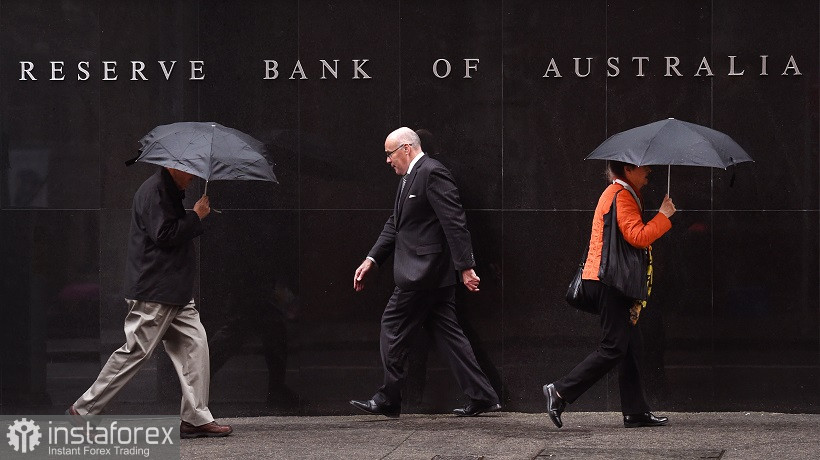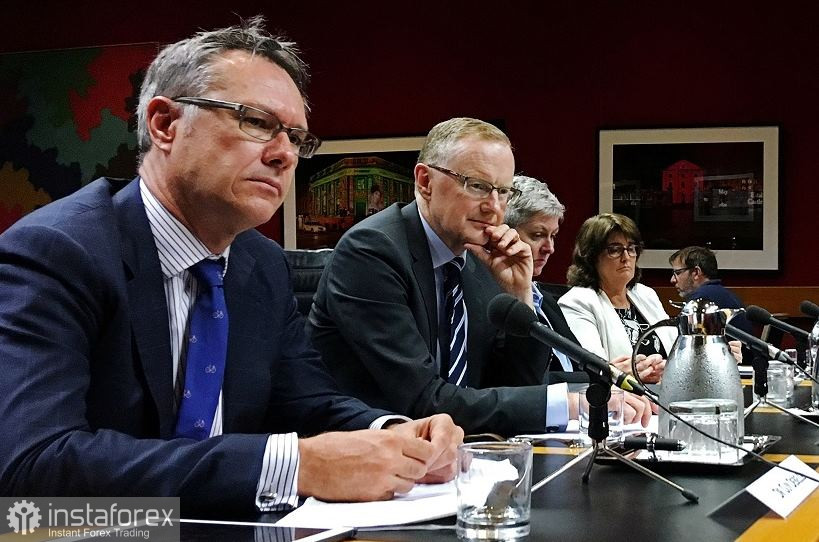The Australian dollar paired with the US currency returned to the area of the 70th figure. Early last week, the AUD/USD bears managed to pull the price below 0.7000, hitting a new low of the year at 0.6830. However, already last Friday, buyers organized a counteroffensive, keeping the pair from further stalling. The minutes of the last meeting of the Reserve Bank of Australia published today only strengthened the position of the Aussie. The document is unequivocally hawkish in nature, allowing the Australian dollar to feel more or less confident, at least in the context of corrective counteroffensives.

Recall that following the results of the May meeting, the RBA raised the interest rate by 25 basis points at once, while on the eve of this meeting, most analysts predicted a 15-point increase. Commenting on the decision, RBA Governor Philip Lowe, said that in the "coming months" further interest rate hikes "will clearly be necessary." According to him, the normal level of rates is around 2.5%. At the same time, Lowe noted a significant increase in inflation, the pace of which exceeded the earlier forecasts of the RBA.
Australian inflation really did not disappoint, to put it mildly. In quarterly terms, the consumer price index rose to 2.1%, while the growth forecast was up to 1.7%. On an annualized basis, the inflation indicator jumped to the level of 5.1%, while the growth forecast was up to 4.6%. That is, the indicators approached 20-year highs. Lowe said that the strongest price growth was in the field of fuels and lubricants: in particular, fuel prices rose by 11% QoQ and 35% YoY. This is the strongest growth rate for fuel in the last 32 years. And judging by the dynamics of the oil market, this component will continue to push inflation up, forcing the RBA to take retaliatory measures.
Here it is necessary to recall that following the results of the April meeting, the Reserve Bank of Australia actually "tied" the issue of raising the interest rate to the dynamics of key macroeconomic indicators, primarily in the field of inflation and the labor market. Therefore, the latest inflation report, which was published just a week before the May meeting of the RBA, allowed the regulator to decide on a 25-point rate increase (instead of the expected 15-point step).
Today we learned the details of the May meeting. The published minutes of this meeting made it clear that the members of the regulator had three scenarios on the table. The first is a rate hike of 15 basis points, the second is 25 basis points and the third is 40 basis points. According to the document, the RBA members concluded that the 15-point step does not correspond to the current situation—"given that the policy is very stimulating, and it is very likely that further rate hikes will be required."
As for the option of increasing the rate by 40 basis points at once, it was postponed as a last resort, that is, if inflation continues to increase at an accelerated pace. The minutes indicate that "an argument in favor of tightening by 40 points may be the presence of upward risks for inflation and the current very low level of interest rates." That is, by and large, this is a "plan B," the activation of which will depend on the dynamics of inflation in the second quarter (note that in Australia, CPI indicators are published quarterly, not monthly).
According to the majority of RBA members, a 25-point rate hike is the most comfortable scenario. At the same time, the regulator made it clear that it will increase the rate by 25 points already at the next or July meeting, that is, in the foreseeable future. Thus, the protocol states that after an increase by such an "average" amount, "the Central Bank will have the opportunity to revise the level of interest rates again within a relatively short period of time." The hint here is quite transparent.

Thus, the Australian dollar today received a very tangible support, which coincided with the situational weakening of the US currency. The US dollar index retreated from its highs, falling from 105.00 to the 103rd figure. However, it is impossible to talk about a trend reversal now—neither in the context of the greenback, nor in the context of the AUD/USD pair.
In my opinion, Aussie buyers have a "margin of correction" in terms of price growth to the level of 0.7050 (the Tenkan-sen line on the D1 timeframe) and 0.7100 (the average line of the Bollinger Bands indicator on the same timeframe). In this price area, the upward momentum may fade, given the fact that the intentions of the US Federal Reserve are more aggressive and decisive. Therefore, when approaching the 71st figure, it is advisable to fix the profit and take a wait-and-see position.
 Tiếng Việt
Tiếng Việt 
 Русский
Русский English
English Bahasa Indonesia
Bahasa Indonesia Bahasa Malay
Bahasa Malay ไทย
ไทย Español
Español Deutsch
Deutsch Български
Български Français
Français 中文
中文 বাংলা
বাংলা हिन्दी
हिन्दी Čeština
Čeština Українська
Українська Română
Română

